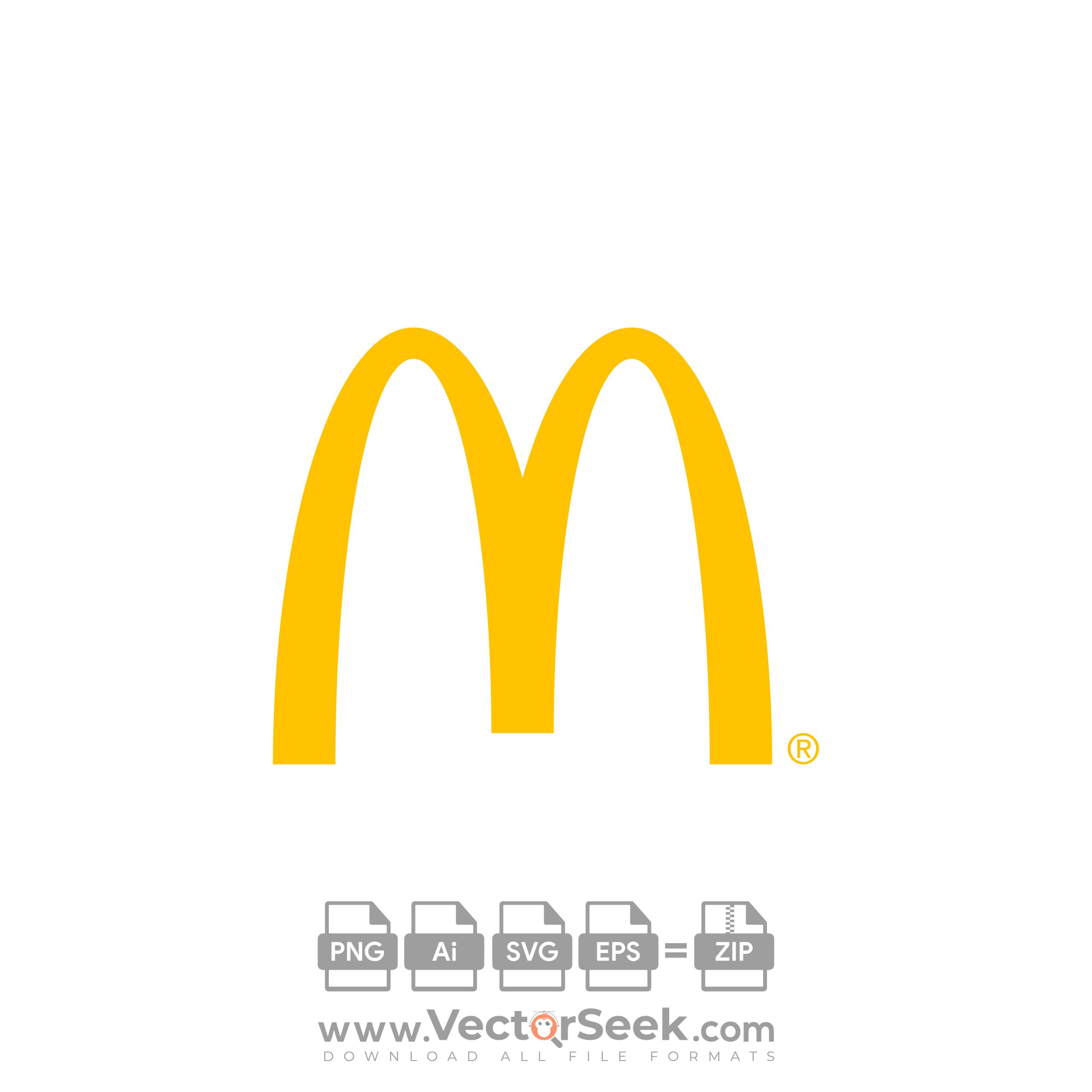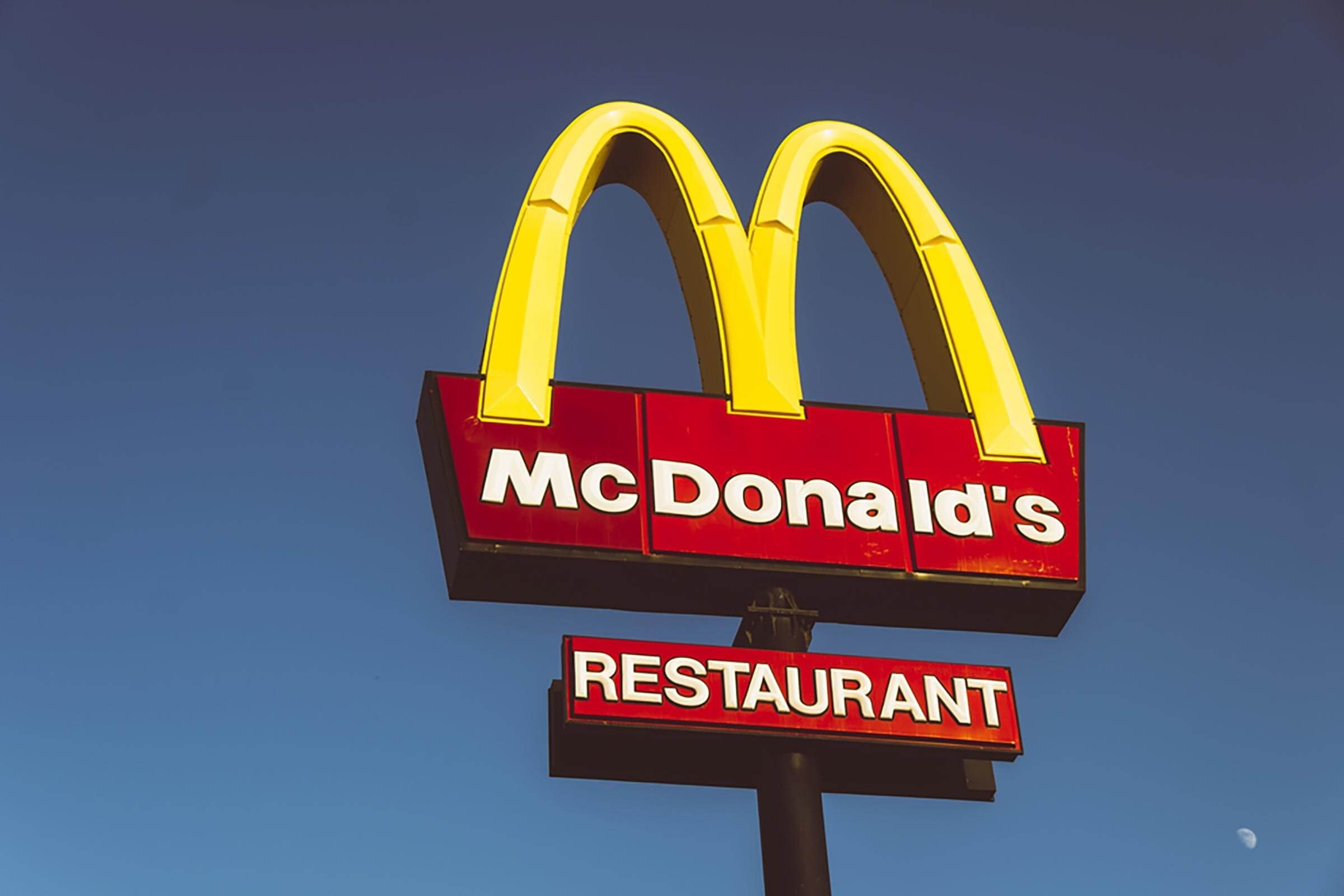When you think of McDonald's, the first thing that pops into your mind is probably those golden arches. But let's not forget the mascots who’ve been a huge part of the brand’s identity over the years. These iconic characters have brought joy, laughter, and even some controversy to the fast-food world. Today, we’re diving deep into the stories behind these beloved mascots and uncovering what makes them so special.
McDonald's mascots are more than just animated figures; they’re cultural icons that have shaped how people perceive the brand. From the lovable Ronald McDonald to the mischievous Hamburglar, each character has its own unique charm and story. In this article, we’ll explore their origins, evolution, and impact on the global stage.
But why do mascots matter so much? Well, they’re not just random cartoons—they’re strategically designed to connect with audiences of all ages. Whether it’s through fun adventures or catchy slogans, these characters have left an indelible mark on pop culture. So grab a bite, sit back, and let’s take a trip down memory lane with the McDonald's mascots!
- Tim Duncan Vanessa Macias Net Worth Relationship Insights 2024
- Eva Greens Husband Is The Actress Married
Table of Contents
- Introduction
- Ronald McDonald: The Face of McDonald's
- The Hamburglar: Stealing Hearts (and Burgers)
- McGriddle: A Breakfast Legend
- Fry Kids: The Short-Lived Sensation
- The Evolution of McDonald's Mascots
- Controversies Surrounding McDonald's Mascots
- Global Impact: How Mascots Resonate Worldwide
- McDonald's Mascots in Modern Times
- The Future Direction of McDonald's Mascots
- Conclusion
Ronald McDonald: The Face of McDonald's
Let’s start with the big guy himself—Ronald McDonald. Introduced in 1963, Ronald became the face of McDonald's and quickly captured the hearts of kids everywhere. Dressed in his signature red-and-yellow outfit and oversized shoes, Ronald was designed to embody happiness and fun. But there’s more to him than meets the eye.
Ronald's Origins
Ronnie, as some fans affectionately call him, was created by Willard Scott, who also played Bozo the Clown back in the day. The idea was simple yet brilliant: use a friendly clown to make fast food appealing to children. And boy, did it work! Ronald quickly became a household name and a symbol of McDonald's worldwide.
Fun fact? The original Ronald McDonald didn’t have a last name. It was only later that he officially became "Ronald McDonald." Who knew naming conventions could be so tricky?
The Hamburglar: Stealing Hearts (and Burgers)
Who can forget the Hamburglar? This mischievous character made his debut in 1971 and became an instant hit. Known for his signature line, “I’m lovin’ it,” wait, no, that’s not right—it’s actually “I’m lovin’ those hamburgers!” Okay, maybe I got a little carried away there. But seriously, the Hamburglar was all about stealing burgers, and he did it with style.
His Catchphrase and Persona
With his striped mask, striped shirt, and sneaky demeanor, the Hamburglar was the ultimate antihero of the fast-food world. His catchphrase, “I’m lovin’ those hamburgers,” became so iconic that it’s still referenced in pop culture today. What’s fascinating is how this character managed to stay relevant for decades, even as marketing trends changed.
Bullet points time! Here’s why the Hamburglar was such a big deal:
- He represented mischief in a lighthearted way.
- His designs evolved over the years to keep up with modern tastes.
- He had a unique personality that set him apart from other mascots.
McGriddle: A Breakfast Legend
Fast forward to 2003, when McDonald's introduced another iconic character—the McGriddle. Now, before you think this is just a breakfast sandwich, hear me out. The McGriddle was actually a mascot designed to promote the popular breakfast item. Picture this: a smiling biscuit with eyes and arms, happily munching on eggs and bacon. Sounds weird? Yeah, but it worked!
Why McGriddle Worked
McDonald's took a bold step by creating a character based on their food. The McGriddle wasn’t just cute—it was clever. By anthropomorphizing a sandwich, McDonald's tapped into the power of storytelling. Kids loved it because it was quirky, while adults appreciated the humor behind it.
Data point alert! According to a survey conducted by McDonald's, the McGriddle campaign increased breakfast sales by over 15%. That’s a pretty impressive number if you ask me.
Fry Kids: The Short-Lived Sensation
Not all McDonald's mascots were runaway successes. Take the Fry Kids, for example. These little potato-shaped characters were introduced in the late '90s to promote French fries. They were adorable, sure, but they didn’t quite resonate with audiences the way other mascots did. Why? Let’s dive into it.
What Went Wrong?
While the Fry Kids had potential, their storyline lacked depth. They were fun but didn’t offer much beyond being cute. Plus, the timing wasn’t great. By the late '90s, consumers were becoming more health-conscious, and promoting fried foods through mascots felt a bit off. In hindsight, maybe McDonald's should’ve gone with a vegetable-themed character instead.
Lessons learned? Mascots need more than just cuteness—they need purpose and relevance.
The Evolution of McDonald's Mascots
Over the years, McDonald's mascots have gone through significant changes. From simple cartoon designs to fully animated characters, the evolution reflects shifting consumer preferences and technological advancements.
Design Changes and Technology
In the early days, mascots were hand-drawn and appeared in print ads or TV commercials. As technology advanced, McDonald's embraced CGI and digital animation, allowing for more dynamic storytelling. For instance, Ronald McDonald’s recent appearances feature him interacting with kids in virtual worlds, blending reality and fantasy.
Stat time! A study by Marketing Week revealed that 78% of consumers prefer mascots that feel authentic and relatable. This statistic highlights the importance of keeping mascots fresh and relevant.
Controversies Surrounding McDonald's Mascots
No discussion about McDonald's mascots would be complete without addressing the controversies. Critics argue that using mascots to market fast food to kids is unethical, especially given rising childhood obesity rates. While McDonald's maintains that their mascots promote fun rather than unhealthy eating habits, the debate continues.
Addressing Criticism
In response to criticism, McDonald's has made efforts to improve their image. For instance, they’ve introduced healthier menu options and toned down the playful messaging around junk food. However, the impact of mascots on young minds remains a contentious issue.
What’s your take on this? Do mascots influence kids’ eating habits, or are they simply harmless entertainment? Let us know in the comments!
Global Impact: How Mascots Resonate Worldwide
McDonald's mascots aren’t just popular in the U.S.; they’ve achieved global fame. From Japan to Brazil, these characters have been adapted to suit local cultures and preferences. For example, Ronald McDonald often wears traditional attire during festivals in Asian countries, showing respect for local traditions.
Cultural Adaptation
This cultural sensitivity has helped McDonald's maintain its status as a global powerhouse. By tailoring their mascots to fit different markets, they ensure that their message resonates with diverse audiences. It’s a smart move that highlights the brand’s adaptability and inclusiveness.
Fun fact? In some countries, Ronald McDonald is known by different names. In Brazil, he’s called “McDonaldinho,” while in France, he’s “Ronald McDonald.” Cool, right?
McDonald's Mascots in Modern Times
In today’s digital age, mascots face new challenges and opportunities. Social media platforms like Instagram and TikTok offer exciting ways to engage with audiences, but they also demand constant innovation. How are McDonald's mascots keeping up with the times?
Engaging Online Audiences
McDonald's has embraced social media wholeheartedly, using platforms to share fun content featuring their mascots. From memes to challenges, they’ve found creative ways to connect with younger generations. One recent campaign featured Ronald McDonald in a series of short videos showcasing his “adventures” in the metaverse. Talk about cutting-edge!
Numbers don’t lie. McDonald's social media campaigns featuring mascots have generated millions of views and interactions, proving that these characters still have what it takes to captivate audiences.
The Future Direction of McDonald's Mascots
So, where are McDonald's mascots headed next? With advancements in AI and virtual reality, the possibilities are endless. Imagine interacting with Ronald McDonald in a virtual theme park or joining the Hamburglar on a digital heist. These ideas might sound far-fetched, but they’re closer to reality than you think.
Innovating for Tomorrow
McDonald's is investing heavily in technology to enhance the mascot experience. Virtual reality experiences, augmented reality games, and interactive apps are just a few examples of what’s on the horizon. The goal is to create immersive experiences that bring mascots to life in ways never seen before.
Excited yet? I sure am!
Conclusion
In conclusion, McDonald's mascots have played a pivotal role in shaping the brand’s identity and connecting with audiences worldwide. From Ronald McDonald’s timeless charm to the Hamburglar’s playful antics, these characters have left an indelible mark on pop culture. While controversies exist, there’s no denying their influence and impact.
As we look to the future, one thing is clear: McDonald's mascots will continue to evolve and innovate, staying relevant in an ever-changing world. So the next time you visit a McDonald's, take a moment to appreciate the stories behind those golden arches.
And hey, don’t forget to share this article with your friends and leave a comment below. Let’s keep the conversation going!



Detail Author:
- Name : Aiden Reichert III
- Username : uwyman
- Email : qcollins@mcdermott.com
- Birthdate : 1990-01-15
- Address : 46891 Enrico Hill Port Stella, DE 35439-0886
- Phone : 352-871-0400
- Company : Reynolds Inc
- Job : Commercial and Industrial Designer
- Bio : Et quos tenetur quis accusantium sunt. Et voluptatibus voluptatem fugit non tempore. Nisi perferendis est quis et ratione sunt quod vero. Sequi voluptatem occaecati nam sint ea aut aliquam.
Socials
twitter:
- url : https://twitter.com/maya.gerhold
- username : maya.gerhold
- bio : Omnis sit id quae beatae est veritatis corrupti. Ad qui ullam et soluta eveniet quaerat. Dolorem placeat consectetur sunt minus. Sunt velit iure sed magnam.
- followers : 6634
- following : 1261
linkedin:
- url : https://linkedin.com/in/mayagerhold
- username : mayagerhold
- bio : Et reprehenderit quo placeat nemo ipsa ut.
- followers : 858
- following : 1154
tiktok:
- url : https://tiktok.com/@mayagerhold
- username : mayagerhold
- bio : Quidem quisquam cupiditate quod impedit ipsam.
- followers : 1389
- following : 1842